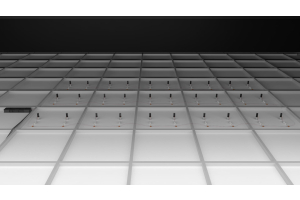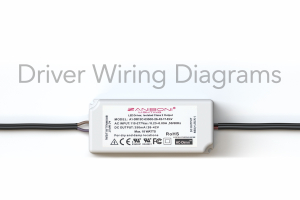

Integrated Project Delivery (IPD) is a collaborative project delivery approach used in the construction and design industries. It aims to bring together various stakeholders, including owners, architects, engineers, contractors, and subcontractors, to work as a cohesive team throughout the project lifecycle. The goal of IPD is to improve project outcomes, increase efficiency, reduce risks, and enhance communication among all parties involved.
Key features and principles of Integrated Project Delivery include:
- Early Collaboration: Unlike traditional project delivery methods where stakeholders are brought in sequentially, IPD encourages early involvement of all relevant parties from the planning stages. This promotes better decision-making, design coordination, and problem-solving.
- Shared Risk and Reward: IPD often involves a risk-sharing and reward-sharing mechanism. Project stakeholders agree to share both risks and potential financial gains based on the project's performance, outcomes, and cost savings.
- Open Communication: Effective communication is a cornerstone of IPD. Regular communication among stakeholders helps in resolving conflicts, addressing challenges, and sharing information to make informed decisions.
- Common Goals: All project participants work toward shared project goals rather than individual objectives. This encourages a collaborative mindset and reduces adversarial relationships among stakeholders.
- Joint Decision-Making: In IPD, decisions are made collectively, with input from all stakeholders. This helps ensure that all perspectives are considered and that decisions are aligned with the project's best interests.
- Target Value Design: IPD often employs a "target value design" approach. This means that the project team establishes a budget and target cost early on and then designs the project to meet these cost targets while also fulfilling the project requirements.
- Continuous Improvement: The IPD process encourages ongoing evaluation and improvement. Lessons learned from previous projects are incorporated into the current project, leading to continuous refinement of processes and practices.
- Technology and BIM: Building Information Modeling (BIM) and other collaborative technologies play a crucial role in IPD. They enable stakeholders to share and access project information in real-time, facilitating coordination and reducing errors.
It's important to note that IPD requires a high level of trust, transparency, and willingness to collaborate among all project participants. This approach is most effective for complex projects where close coordination and interdisciplinary cooperation are essential. While IPD can offer significant benefits in terms of project efficiency and outcomes, it may also require a shift in traditional project management and contractual practices.





